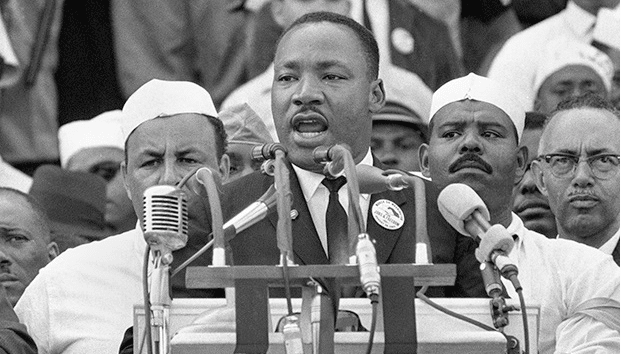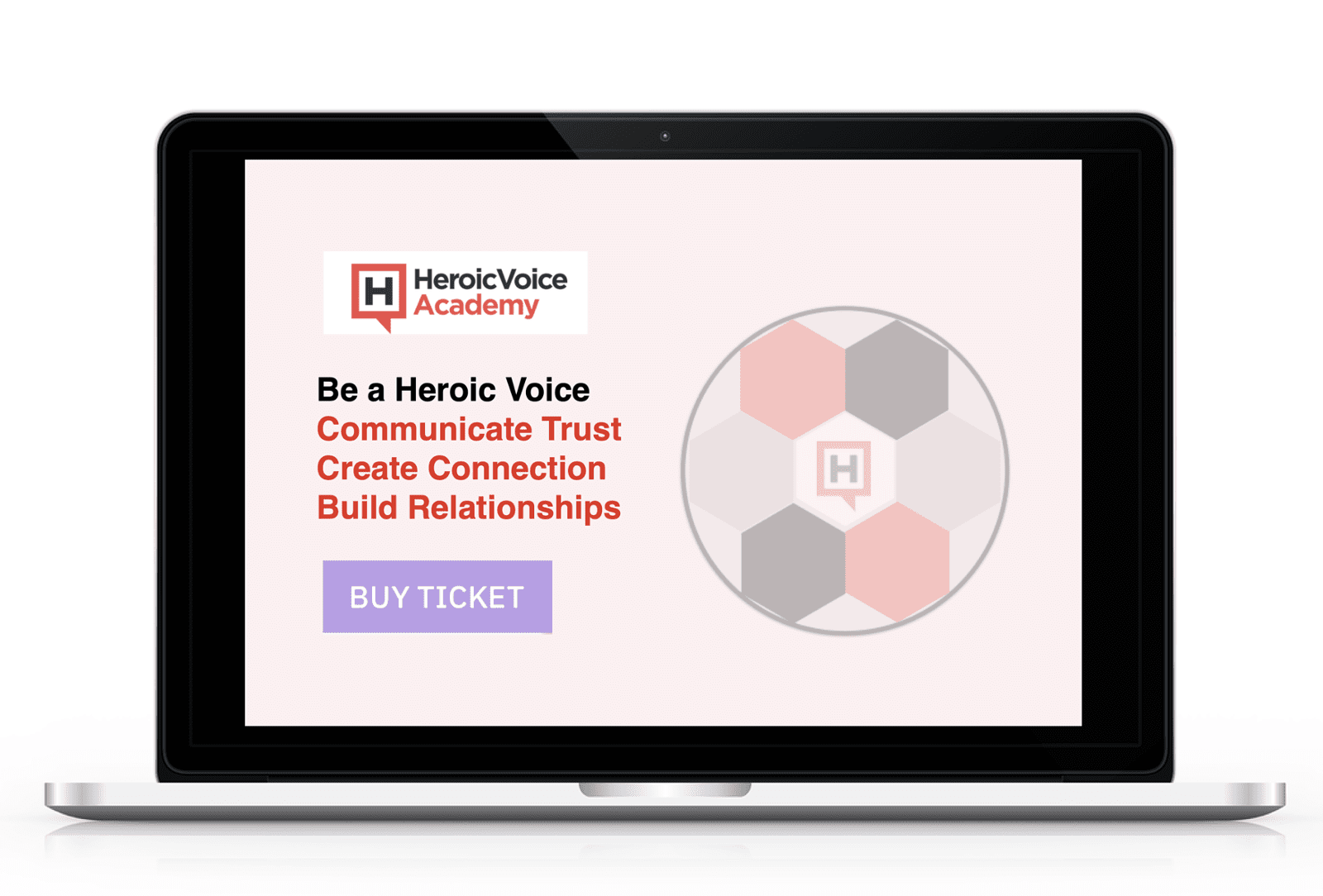How can you convert the abstract images of your audiences into concrete pictures that inspire them into action? Let's examine the pictures that Dr. Martin Luther King used to help America visualize the future.
“And I’ve seen the Promised Land. I may not get there with you.
But I want you to know tonight, that we, as a people,
will get to the promised land!”
In his speech “I’ve Been to the Mountaintop”, Dr. King claims to have seen the Promised Land, a vision of what America could become. What images did he visualize, and how did he use these images to help America visualize the future?
5 years earlier, Dr. King described several images in his iconic speech “I Have a Dream”. He began by sharing abstract images that described the values of life, liberty and the pursuit of happiness. He continued with concrete examples, rich with details that sparked the emotions and imagination of his audience.
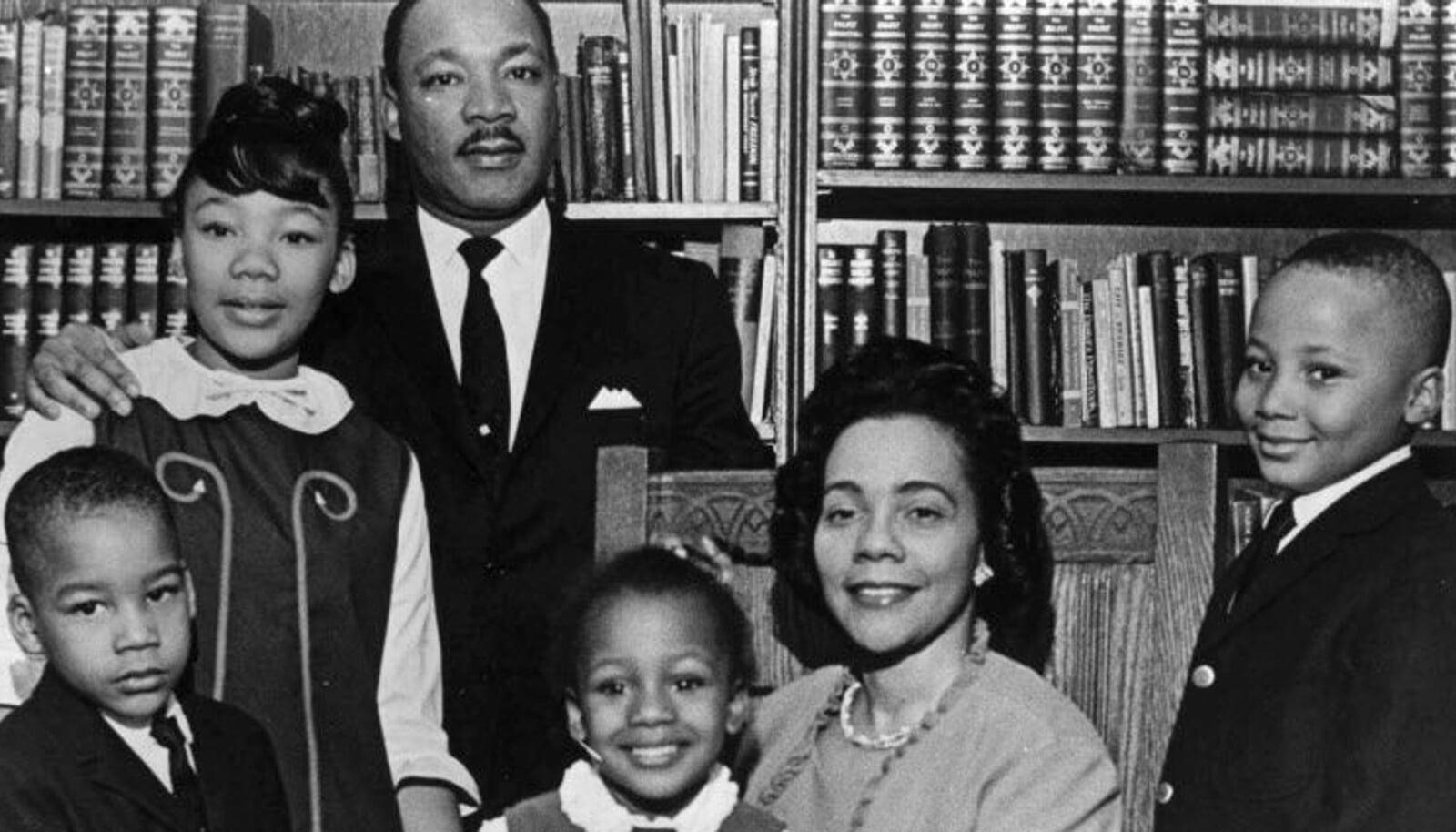
Image #1: My Four Little Children
“My four little children will one day live in a nation
where they will not be judged by the color of their skin
but by the content of their character."
Like all parents, Dr. King wanted to create a better future for his children. He raised his children in a time when Americans were judged by the color of their skin. His children would see and experience discrimination, segregation and violence.
Dr. King turned his abstract image of “better future” into a concrete snapshot. He imagined a future point in time when his children would walk into a formal gathering and experience something very different.
He saw his sons wearing well fitted suits and his daughters wearing beautiful dresses. As they enter the room, the people inside would recognize the character of each child. Defined by the positive impact that they have created in the world.
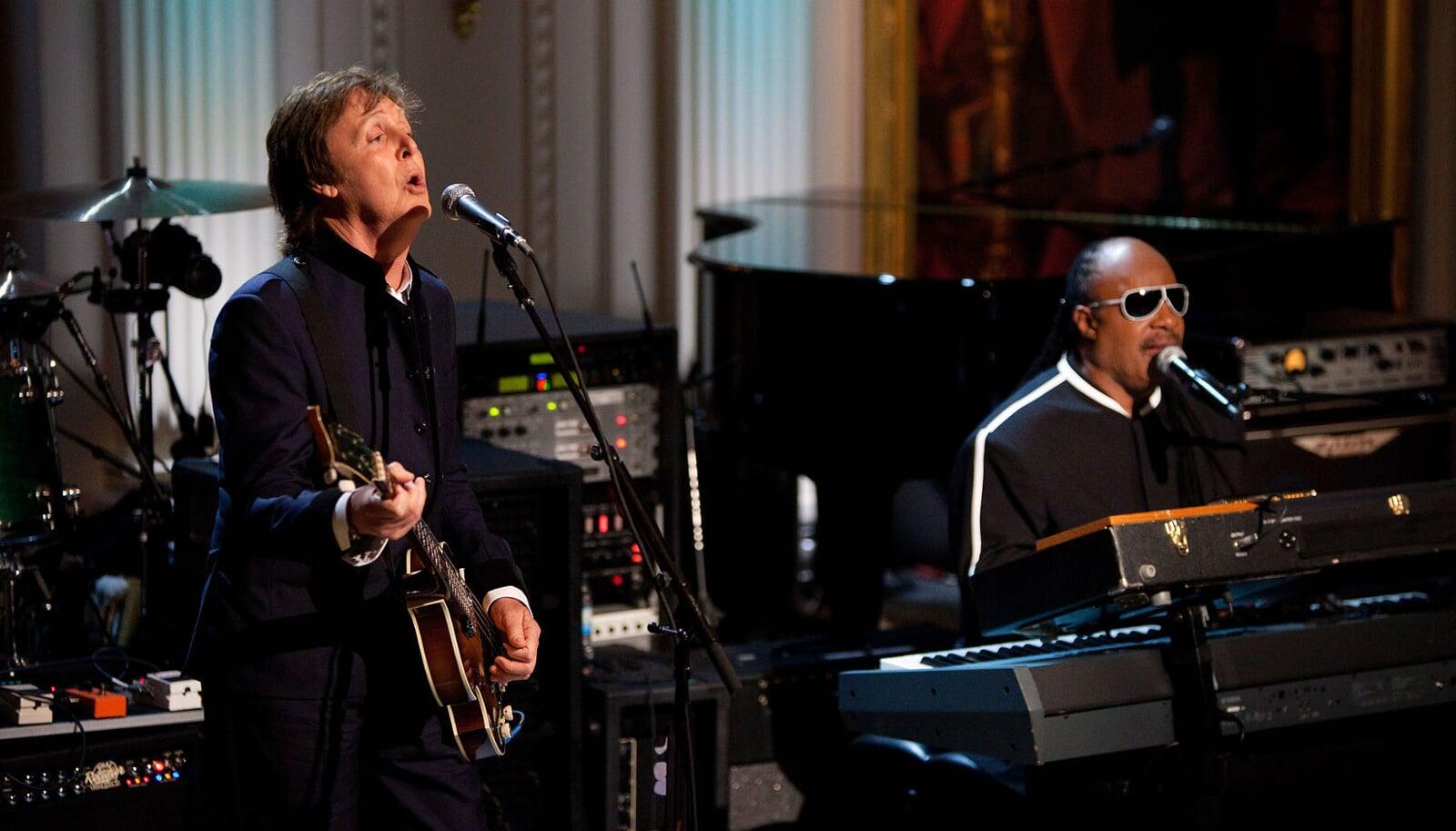
Image #2: The Table of Brotherhood
“Sons of former slaves and the sons of former slave owners
will be able to sit down together at the table of brotherhood.”
At a time when segregation was taking place in schools, neighborhoods, and the workplace, Dr. King wanted to bring Americans together in the places where we learn, where we live and where we work. When these places are filled with diversity and inclusion, we create a world that works for everyone.
Fast forward to a 2010 event at the White House, featuring Stevie Wonder and Paul McCartney.
Stevie Wonder represented the “sons of former slaves”. His mother was born in Eufaula, AL, a town that authorized $150,000 in funding to purchase slaves for railroad construction in 1859.
Paul McCartney represented the “sons of former slave owners”. He was born in Liverpool, England, a city where British slavers shipped 1.5 million Africans across the Atlantic in the 18th century.
Dr. King envision black men and white men sitting together at a table. While Dr. King's vision of brotherhood did eventually come true, it laid the ground work for more possible collaborations for the future. He may have also envisioned a day when two world class musicians would collaborate and perform their song “Ebony and Ivory”, to integrated audiences everywhere.
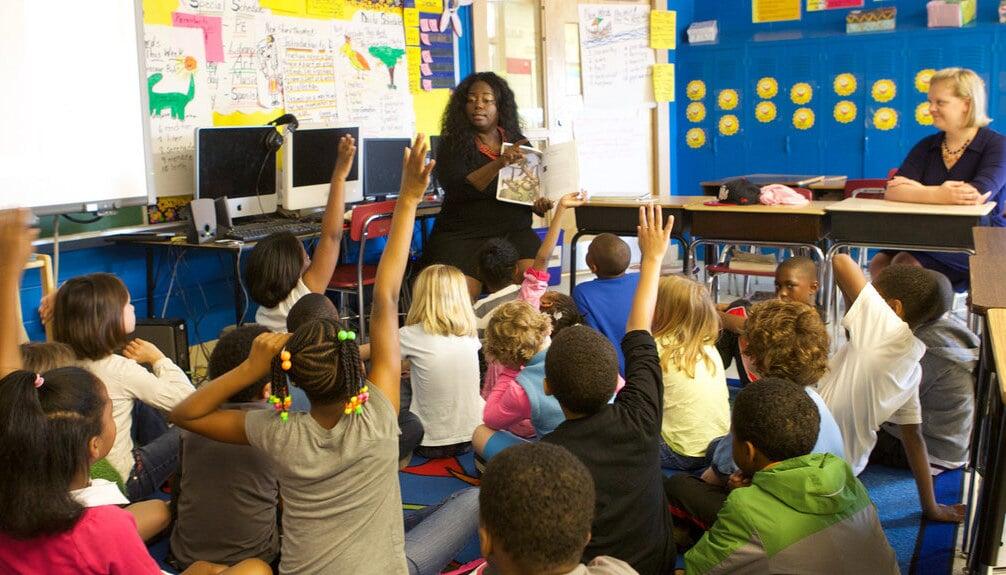
Image #3: Children Hand in Hand
“Little black boys and black girls will be able to join hands
with little white boys and white girls as sisters and brothers.”
At the time of this speech, the Supreme Court had outlawed segregated public education facilities (1954). The Civil Rights Act (1964) outlawed any state and local laws requiring segregation. The enforcement of these laws was extremely difficult and filled with racial tension.
When children from different cultures grow up as sisters and brothers, they are able to learn together, and be prepared for a day when they would teach together and lead together. Dr. King’s vision manifested into student diversity in the classrooms, teacher diversity in public schools, and leadership diversity in the U.S. Department of Education.

Use pictures to communicate your vision
In our workshop "Be A Heroic Voice", we show you how to communicate your vision, your values and your vows in every high stakes conversation. Here is a three step process for communicating your vision:
IDENTIFY
- Describe the world problem that you are dedicated to solving
CAPTURE
- Become a photo journalist and travel to a location where the problem exists.
- Take a "before snapshot" and describe why this is a problem.
- Identify the core values that are missing from the photo.
VISUALIZE
- Travel to a time in the future, after you've solved the problem.
- Take an "after" photo, and highlight specific details.
- Describe the feelings that you and your community experience in the photo.
Our Heroic Invitation
In our 2-part workshop Be a Heroic Voice program, you will learn how to create your own set of concrete pictures that will move your audiences into action. With these pictures, you will be able to engage the hearts and minds of your audiences and confidently ask for their support.
We count on our leaders to have a clear vision for the future.
Use your Heroic Voice to communicate trust, create connection and build relationships.
Together, we can build a world that works for everyone!

